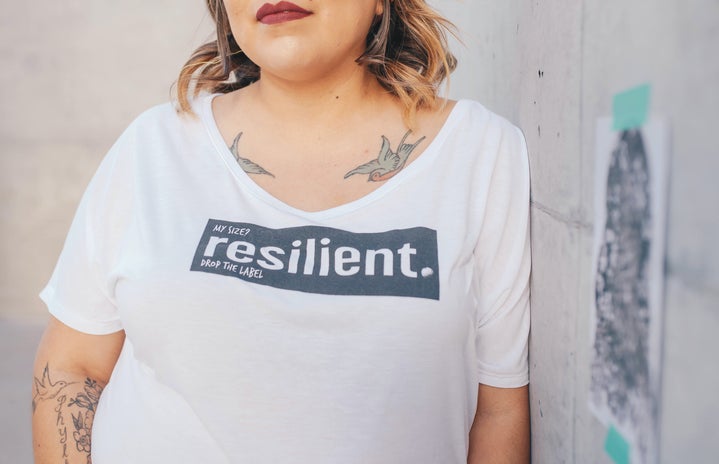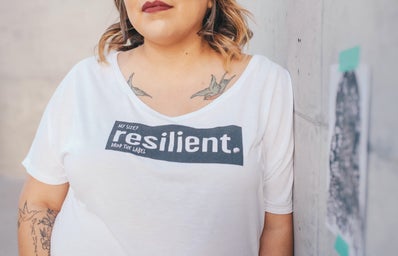“Feminists can wear crowns”, are the words used by Miss Virginia 2003, who champions beauty pageants for the way they give a voice to women and empower them. Yet, how far do beauty pageants confer a platform and a voice onto talented women and at what stage do the bikini parades and diamante tiaras actually lock horns with our contemporary feminist aspirations? Celebrating talented women may be one thing, but a contest with vain and exclusive connotations may be another.
In 2010, the average BMI of a beauty pageant contestant was 18.9, falling into the category of clinically underweight. This medically unhealthy image, combined with an emphasis on bronzed skin, luscious locks and flawless teeth seems to endorse the “ideal” body image as almost impossible to attain. At the same time, beauty queens are placed on a pedestal, suggesting to audiences that success and such a body image go hand in hand.
(Photo Credit: www.ivetaratarova.com)
If we as a society are striving towards equality of treatment and representation of the genders, then beauty pageants arguably hark back to an age in which women were treated as ornamental, subjected to the judgement and scrutiny of others.
Indeed, first year Law student Winnie Robinson argues that “Beauty pageants objectify women by insinuating that their success or worth is defined by their appearance… [They are] an outdated and sexist competition.” Arguably, these beauty contests focus too little on the interior and too much on the exterior, teaching observers that good looks are the only route to success.
The presentation of the Miss Universe 2015 prize is in line with this argument that female beauty pageant contestants are toyed with; treated as stereotypes rather than individuals. Presenter Steve Harvey announced the wrong woman as the winner, before correcting himself, showing just how fickle and disrespectful the treatment of these women is in the realm of the beauty pageant.
(Photo Credit: www.english.alarabiya.net)
Yet some suggest that there is a reason why so many young women sign up for beauty pageants, arguing that it is the contestants’ own agency that urges them on to success. Meg Abernethy-Hope, Miss Bristol 2015, uses her title for the good. Since being crowned the city’s beauty queen last year, she has launched a successful career in modelling and now uses her profile and contacts to raise funds to combat the autoimmune disorder ITP. She is also Miss Eco Bristol 2015, a lesser known but impressive title which indicates the changing nature of beauty pageants.
Can beauty pageants also act to encourage ethnic and racial diversity? Rachel Christie, the first black woman to hold the title of Miss England when she won the beauty contest in 2009, is a powerful symbol of the move towards equal representation of ethnic minorities. Although such examples may be few and far between, it does at least show that beauty pageants are changing their tack to support diversity. Indeed, the 2008 Miss Surrey was plus-size model Chloe Marshall, who went on to compete in the Miss England contest.
(Photo Credit: www.imoviequotes.com)
Beauty pageants are also increasingly endorsing themselves as competitions of both beauty and brains. The Miss England website states that the contest is “not JUST a beauty contest”; it calls on contestants to take part in fitness and sports tests as well as eco challenges to prove their worth.
Nevertheless, these contests are called “Beauty pageants” for a reason; their central focus is implicitly whether contestants fulfil the “Ideal woman” cliché.
As Olive’s mother says in Little Miss Sunshine, “It’s okay to be skinny, and it’s okay to be fat, if that’s what you wanna be. Whatever you want, it’s okay.” Surely the concept of beauty is therefore too arbitrary to be decided in the artificial realm of beauty pageants, whether or not they go on to empower the winners thereafter.


